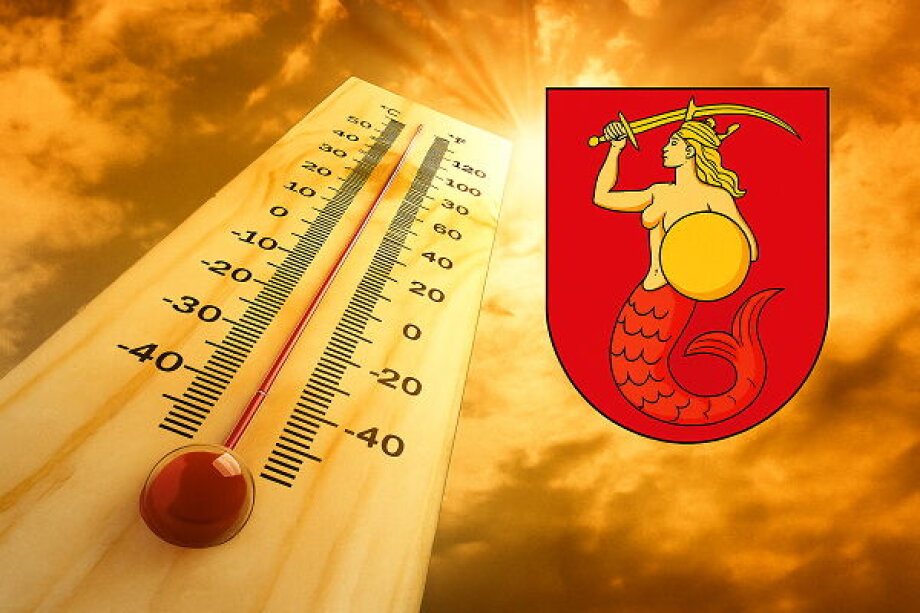Warsaw among Europe’s Deadly Heatwave Hot Spots


Warsaw has emerged as one of the European capitals most vulnerable to lethal heatwaves, according to new data that puts the city on par with southern metropolises, despite its cooler average temperatures. A ten-day extreme heat spell starting on June 23 claimed around 2,300 lives across 12 European cities. Researchers estimate that climate change made the episode between 1°C and 4°C hotter – enough to account for two-thirds of the deaths.
In Warsaw, mortality risk surged during days in the 99th percentile of heat, with health authorities linking dozens of sudden deaths to cardiovascular collapse, dehydration, and complications from chronic illness. The Polish capital’s dense concrete landscape, scarce shading, and heavy traffic pollution amplify the “urban heat island” effect. On the hottest days, temperatures in inner districts were measured at up to 7°C higher than in surrounding rural areas.
Europe is warming more than twice as fast as the global average, yet Warsaw – like many northern and central cities – remains ill-equipped. Fewer than 10 percent of homes have air conditioning, compared with more than 90 percent in the United States. As climate scenarios predict a tripling of heat-related mortality by 2050 in already hot regions, Warsaw risks joining the league of Europe’s deadliest hotspots unless rapid adaptation – encompassing more greenery, cooling shelters, and medical preparedness – is pursued.